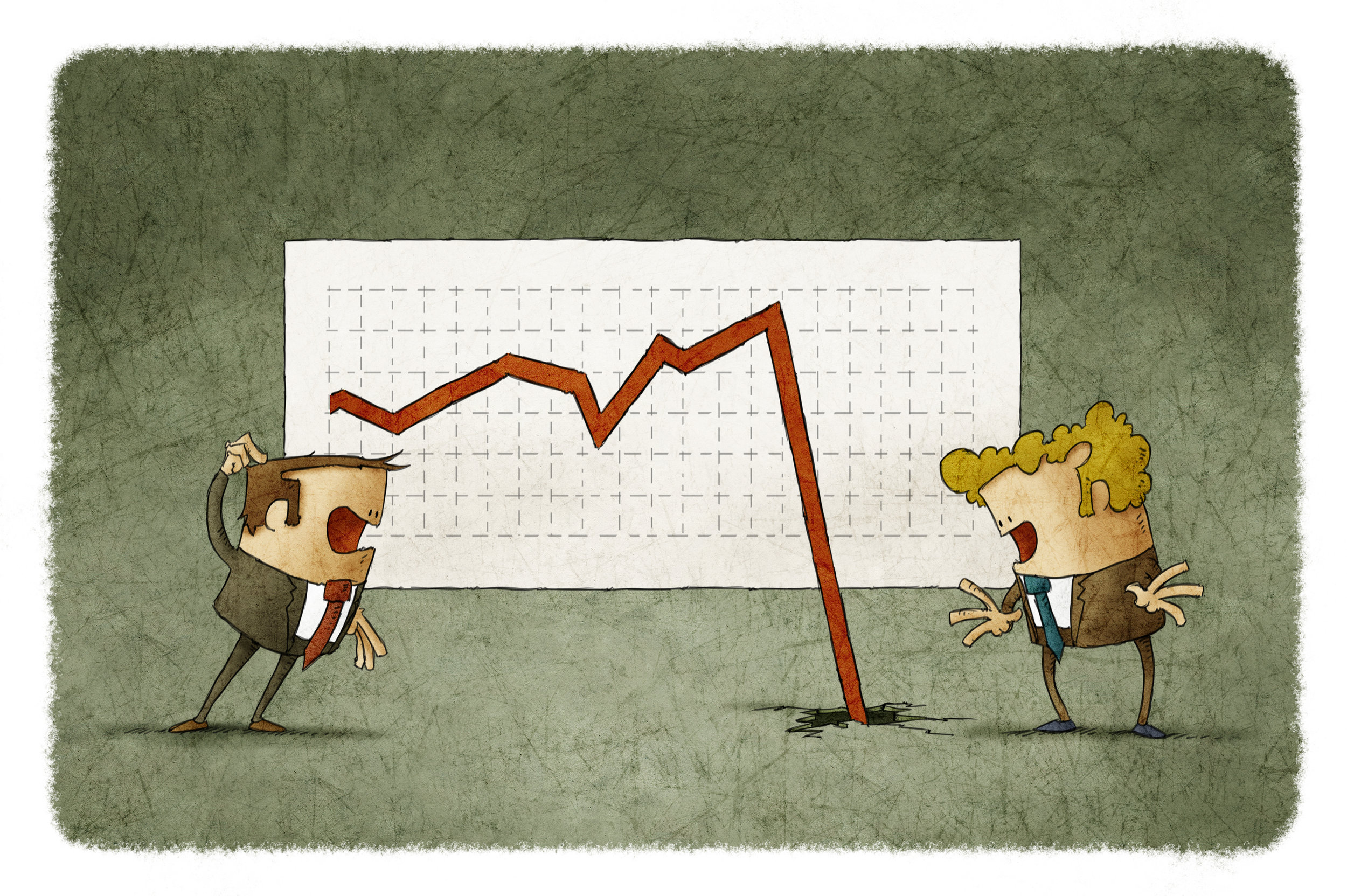
John Pryor
Thoughts in Progress
Work and Learn Programs Demonstrate Long-Lasting Effects
Evidence has been mounting to show the positive outcomes for college students engaging in experiential education programs such as internships or co-ops. Such experiences have been designated “high-impact practices” based upon extensive research using the National Survey of Student Engagement (NSSE) and one of the “big six” college experiences that lead toward higher levels of engagement in your job and wellbeing by the Gallup-Purdue Index. Time and time again work and learn programs demonstrate powerful and long-lasting effects.
Average Student Debt is now $28,350
The Institute for College Access & Success (TICAS) released their annual report today on student debt, with the finding that the average loan amount upon graduation from a four-year college in 2017, for students with loans (65% of all graduates), was $28,350. Although from 1996 to 2012 we saw the average debt rise about 4% a year, this has slowed to where there was only a 1% increase from 2016 to 2017.
Evacuating Campus
I surveyed undergraduates who had been under a mandatory evacuation from their college. The idea here was to gather information about the process with an eye towards improvement. As such, I asked about three phases of evacuating: 1) immediately after the decision to evacuate was communicated, 2) the evacuation itself, and 3) the return to campus life.
Major Dilemmas
A recent study on the timing of declaring your college major by the Education Advisory Board (EAB) indicates that changing your major as late as your senior year does not necessarily conflict with your ability to graduate on time, contrary to popular beliefs. There is a nice article summarizing this on Inside Higher Ed for those who want the shorter version.
Assessing Wellbeing
•75% felt unable to stop worrying
•54% felt depressed
•54% felt isolated
Wellbeing is a huge concept, and so we had to decide what to concentrate on in this assessment. There are three organizing principles that we have been using to craft the instrument.
Losing Foreign Students
For the first time in 35 years, total enrollment of international students in U.S. colleges and universities has dropped, according to multiple sources using National Science Foundationand U.S. Department of Education data.
Why Students Don't Graduate from College
Are too many college students graduating from college with six figures of debt? Most of the data says no. According to the Federal Reserve Bank of New York, only five percent of students graduate with over $100,000 in student debt. Part of that, perhaps a large part, is debt from medical and law degrees, not college.
What Really Drives Tuition
We often hear, from faculty, higher education pundits, and just from random people on the street, that the high cost of college is driven by spending money on college administration. We've all seen the stories about the million dollar lazy river on campus! And while there are a few of those (not paid for by tuition dollars, though), this is hardly the norm.
The Tuition Pricing Crisis
Tuition discounting is the widespread practice of setting the “sticker price” of tuition at a high level, but then offering financial aid to discount what people actually pay. Hardly anyone pays full price. The average discount is about half the price in private colleges and universities.
The Many Paths to an Education
Rainesford Stauffer "somewhat blindly" chose her college, she tells us in an opinion piece in The New York Times. When she arrived she seems to have done some of what we tell students to do to succeed. She joined clubs and took her studies seriously. But she "struggled to conform to campus life."
More on Parental Communication in the First Year of College
Communication while students were in school was most frequent between mothers and daughters, and then between mothers and sons. For fathers, the pattern was reversed: men were slightly more likely to communicate with fathers than mothers. Many students were satisfied with the amount of contact they had, although 46% of women and 33% of men wanted more contact with their fathers.
Parental Communication in the First Year of College
The authors cited work I had done a few years ago, also with the CIRP Freshman Survey, with some questions I'd added on parental involvement in college-related decisions. At the time, the "helicopter parent" was a popular term to describe parents that swooped down from above and intervened in their child's life.
What Parents Need To Know
Choosing to go to college isn't easy. There are a lot of choices and it is a big financial commitment. There are also a lot of misperceptions out there. I saw that in visiting colleges with my children and in talking with parents of their friends. I've been in higher education for over 25 years and there were still things I didn't know. So I decided to try and help, and spent about three months (off and on) putting together a talk that tries to convey some helpful information in what can be a time of great stress. I want to reduce that stress for parents and students.
More On College Rankings
There are two schools of thought on rankings. Those of us who have looked into how they are created are usually siding with Mr. Bruni: that 1) the premise is flawed to begin with and 2) no one ranking is going to be definitive for all prospective students.
Learning About Contemplative Education
I was honored to have been asked to keynote at Naropa University's "Mindfulness, MOOCs and Money in Higher Education: Contemplative Possibilities and Promise" this past weekend at Naropa, bringing a higher education research viewpoint on how we are looking at new ways of defining and demonstrating success with our college graduates.
Upcoming Presentations
I have two presentations this spring with colleagues from Wake Forest University on work concerning college student wellbeing.
Too Many Applications? Think Again
A front-page article on Sunday (November 15, 2014) about college admissions (Applications by the Dozen, as Anxious Seniors Hedge College Bets) claims that a lot of high school seniors these days are applying to “more colleges than anyone would have previously thought possible.” The sidebar proclaims that there is “a perfect storm of ambition, neuroses and fear among high school students.” Yikes!
Who Are You, And Who Knows?
Institutional identity drives the kinds of students who apply for admissions, the types of faculty who apply for jobs, which organizations are interested in contributing funding for research, and the benefactors that donate to support that mission. The faculty, students and administrators at this school know their institutional identity and live it on a daily basis.
You Can't Change What You Can't Measure
You can change what you can't measure. But you might not be as effective at that change if you don't measure it somehow. My career in higher education has, for 25 years, focused on conducting research and evaluation in order to provide information for decision makers at colleges and universities. At the local level, at Dartmouth, I created the office of student affairs planning, evaluation, and research. I worked with faculty, administrators, and trustees at all levels of the spectrum of change. Starting with defining and refining the basic question, conducting research through surveys, focus groups, interviews, and observation and refining what we know, we then create ways to measure if we were successful in making change happen.




















